Rumor or Reality: The Creatures of Cryptozoology
Cryptids
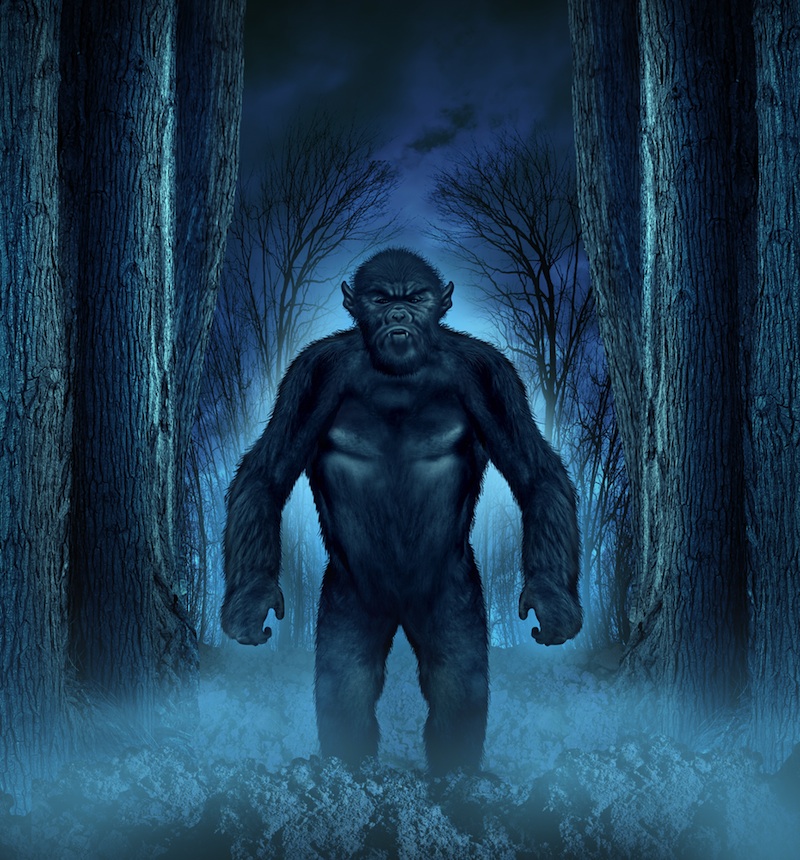
Cryptozoology is the study of animals that are rumored to exist. Such creatures are called "cryptids." Some, like the gorilla, giant squid and okapi, are no longer hearsay and legend but real creatures recognized by science. Others, like Bigfoot and the Loch Ness monster, continue to tempt the hopeful and the adventurous with the possibility of their existence.
Thylacine
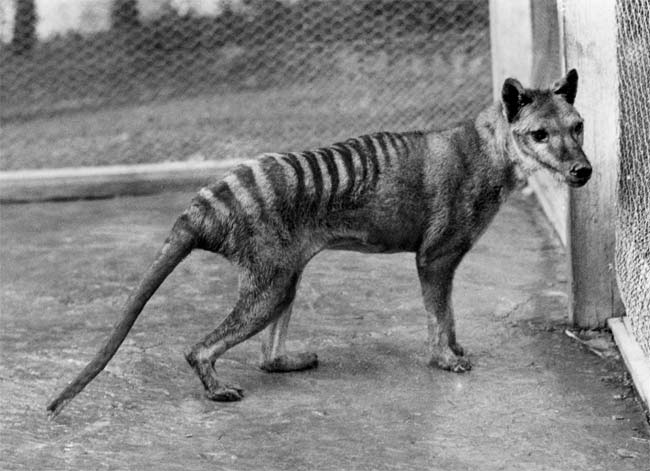
Also known as the Tasmanian tiger or wolf, the thylacine was a large meat-eating marsupial that lived in Australia. It had a long, stiff tail, dark stripes on its back and rump, and a pouch similar to other marsupials like the koala and kangaroo. It was driven to extinction by human activity and the introduction of wild dogs onto the Australian mainland. The last confirmed wild thylacine was spotted in Tasmania in 1932, while the last captive one died in Tasmania's Hobart Zoo in 1936. Though widely considered to be extinct, sightings of this strange creature do still occur occasionally.
Okapi
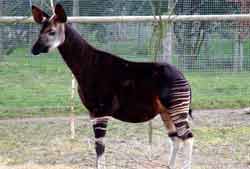
If giraffes and zebras could mate, their offspring would look like an Okapi. This strange looking creature has striped legs like a zebra but the face of a giraffe. Its neck is much shorter than a giraffe, but like its cousin, it has an extremely long tongue, which can reach lengths of up to 12 inches. The okapi can use this tongue to wash its own eyelids and ears. Prior to 1901, okapis were known only to the people living in the Congo rain forest.
Loch Ness Monster
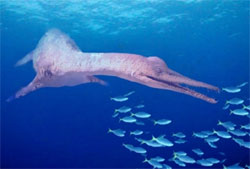
The locals near Lake Ness (or "Loch" Ness in Scottish Gaelic) in northwestern Scotland affectionately refer to the mysterious creature rumored to be living in their waters as "Nessie." According to one popular hypothesis, Nessie is a plesiosaur, a large marine reptile that lived during the time of dinosaurs and which had a long neck and stubby, paddle-like fins. Similar creatures have been reported in other lakes around the world.
Ivory-billed woodpecker
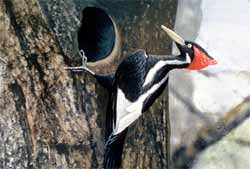
By the mid-1990s, the ivory-billed woodpecker was widely believed to be extinct due to decades of deforestation and hunting by collectors. It was rediscovered in 2004, when a bird enthusiast kayaking through waters in the woods of Arkansas reported seeing one alive. Researchers later obtained a video clip of the bird, as well as an audio recording of its call and the distinctive sound it makes when drilling wood.
King cheetah
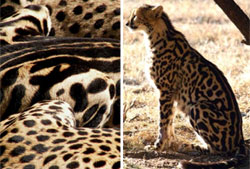
Starting in 1926, people in Zimbabwe began spotting a cheetah with unusual markings. Instead of spots, this cheetah had large splotches like a leopard and black stripes down its back. People called the creature "king cheetah." Some thought it might be a leopard-cheetah hybrid or a new subspecies of cheetah. The mystery wasn't solved until 1981, when a king cheetah was born in the De Wildt Cheetah Center in South Africa. Analysis later revealed that the cheetah's markings were the result of a very rare genetic mutation.
Homo floresiensis
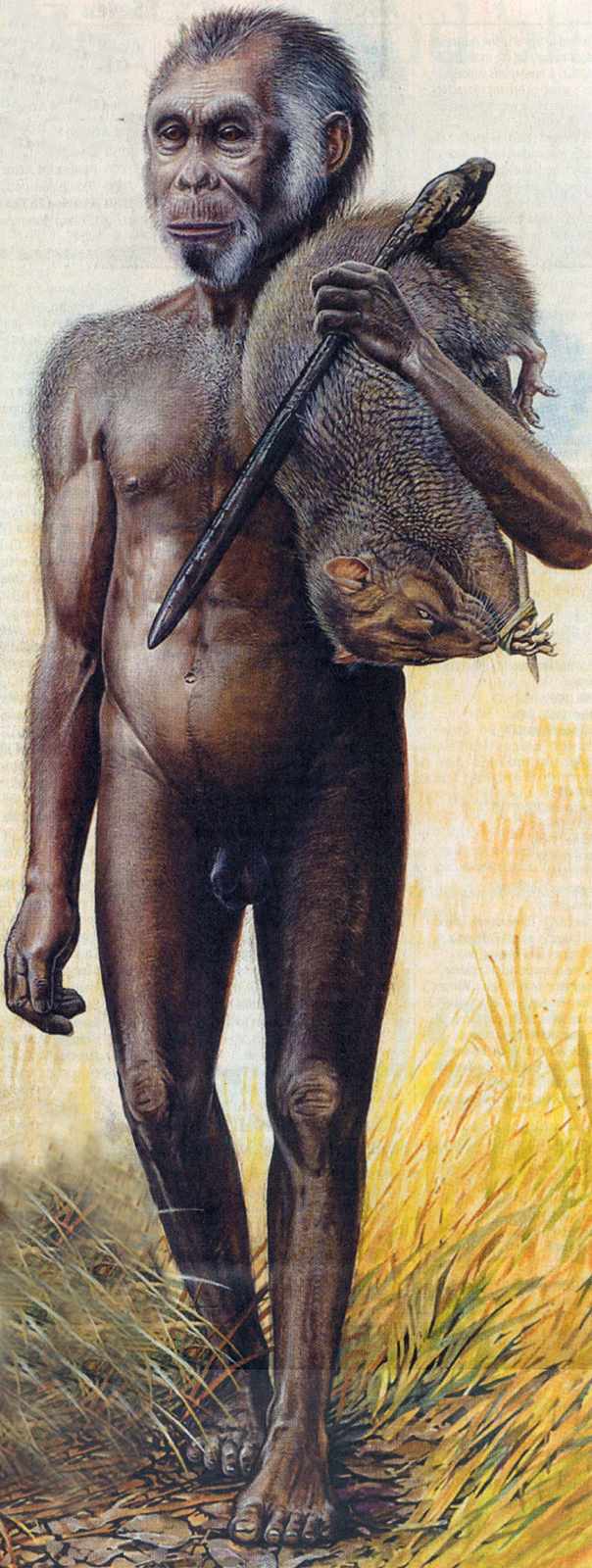
Folktales from the Indonesian island of Flores tell of a mysterious race of little people called the "Ebu Gogo," who abducted children and spoke in murmurs. Scientists began to take the myths more seriously when in 2003, the remains of a new humanoid species called Homo floresiensis was discovered in caves on the island. Fossil dating suggests that H. floresiensis may have lived alongside modern humans as recently as 12,000 years ago.
However, since the discovery scientists have argued whether the specimen was a human with an abnormally small head or represents a new species in the human family tree. The diminutive creature had a brain approximately one-third the size of modern adult humans.
Coelacanth
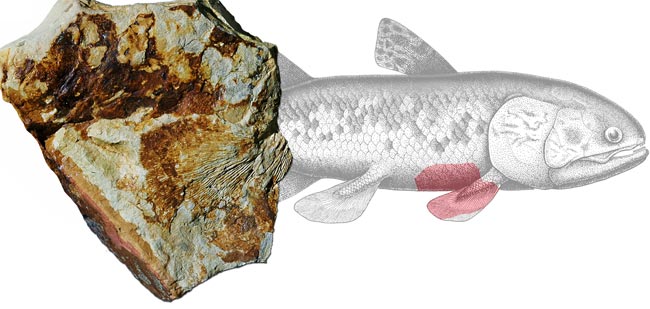
In 1938, a South African museum curator was sorting through the local fishermen's daily catch and looking for unusual creatures when she spotted a coelacanth, an ancient fish thought to be extinct for millions of years and known only through fossils. As with many cryptids, the coelacanth was well known to local inhabitants, who called the fish "gombassa" or "mame."
Bigfoot

Also known as Sasquatch, this famous cryptid is rumored to be a hairy, ape-like creature living in the backwoods of the United States and Canada. Bigfoot is said to have huge feet — up to 20 inches in length — stand between 7 to 10 feet tall, and to walk upright. Some suspect that Bigfoot may be a living Gigantopithecus, a giant ape that died out 100,000 years ago. Mainstream scientists doubt such claims.
Giant squid
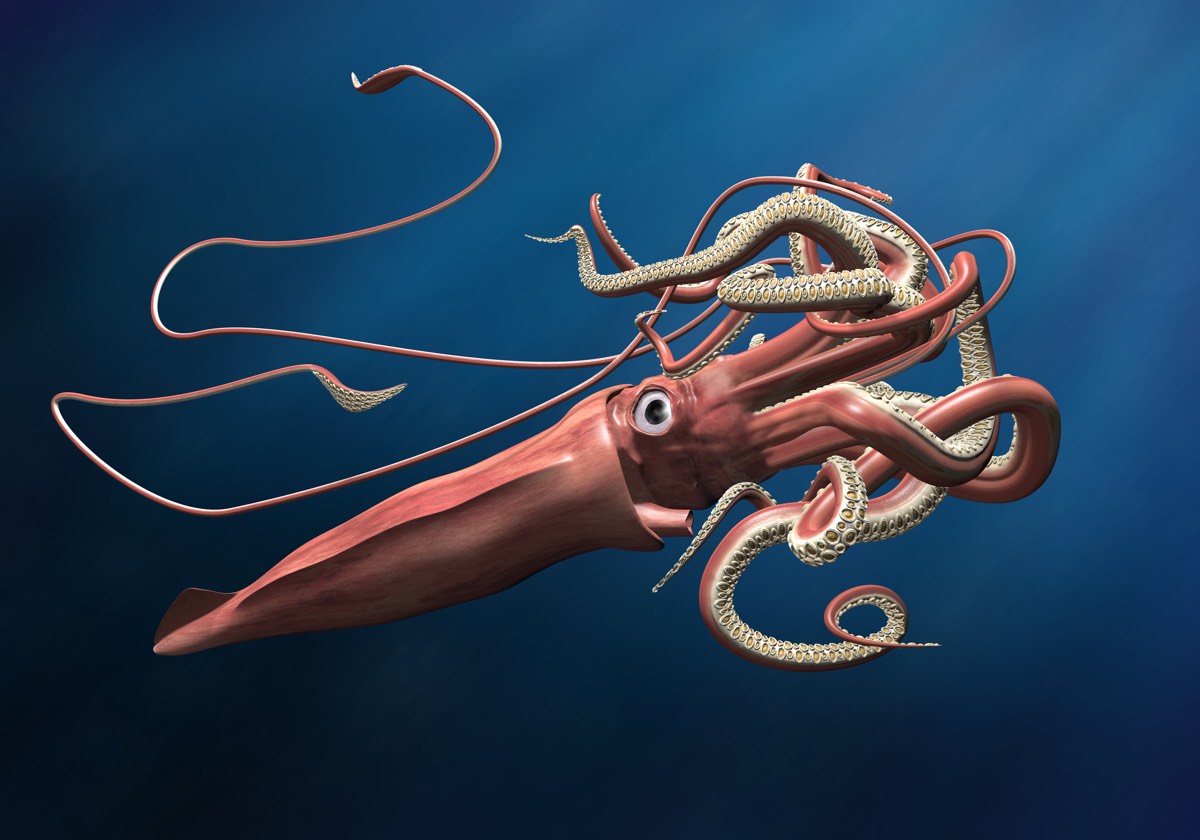
Giant squids can grow up to 43 feet in length and may have been one of the inspirations behind the kraken, a many-armed sea monster in Norwegian myth. In September 2005, Japanese researchers baited and filmed a live specimen in its natural ocean habitat for the first time. The creature struggled for four hours before finally breaking free, losing an 18-foot long arm in the process.
Gorilla
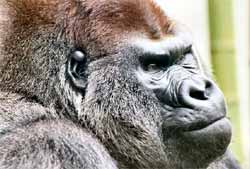
For centuries, westerners heard tales of a giant ape living in the jungles of Africa. The creature was called "enge-ena" by locals, and was rumored to be larger and stronger than a man. But it wasn't until 1847, when an American missionary managed to procure a skull and some bones of the creature that science was officially introduced to the western lowland gorilla.
Sign up for the Live Science daily newsletter now
Get the world’s most fascinating discoveries delivered straight to your inbox.










